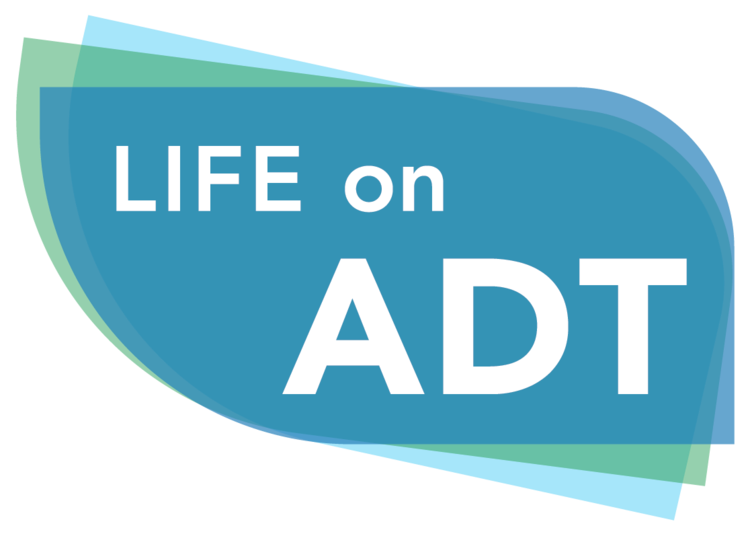Although all of us associated with the ADT Educational Program champion physical exercise to manage ADT side effects, not all patients on ADT meet the recommended 150 minutes of moderate to intense physical exercise per week. This recent study out of Norway took a novel look at this problem and asked what might be predictors of which ADT patients are least likely to exercise. Among the variables they found that were predictive of not meeting the minimum recommended amount of weekly exercise were: 1) being older (i.e., over 70 years of age), 2) still actively employed, and 3) being conspicuously overweight. What they also found was that patients who had been on ADT for five years or more showed reduced odds of exercising by almost 60%.
The authors suggest that ADT patients still in the work force may not have enough free time to exercise or give priority to their jobs over exercising.
There is a moral in the study. Whereas exercise can reduce the side effect burden from ADT, the longer one is on ADT and not exercising the more likely it is that one will not get enough exercise. This is consistent with our own observation that patients who are starting on ADT benefit from getting on an exercise program immediately and not waiting until they are older, and have gained weight and lost muscle mass.
For more information, please visit the link, below:
https://www.ncbi.nlm.nih.gov/pubmed/30094728
Bøhn SH, Fosså SD, Wisløff T, Thorsen L. (2018). Physical activity and associations with treatment-induced adverse effects among prostate cancer patients. Supportive Care in Cancer. [Epub ahead of print]. doi: 10.1007/s00520-018-4389-5.
